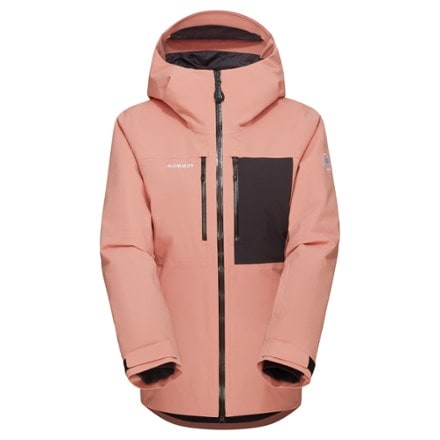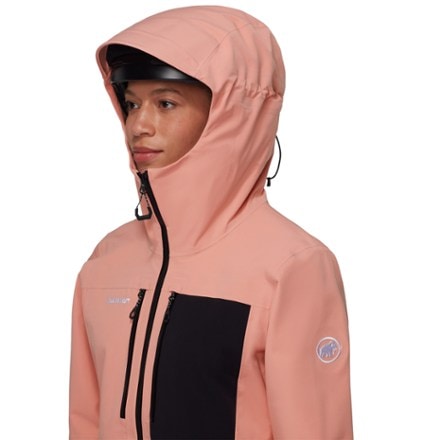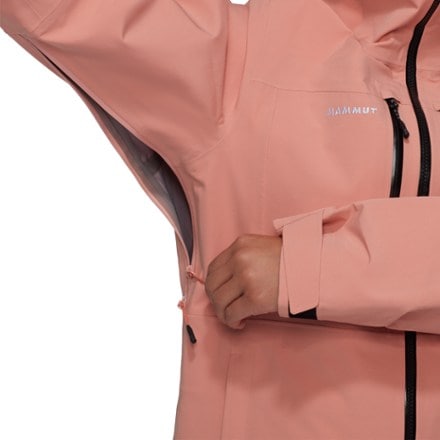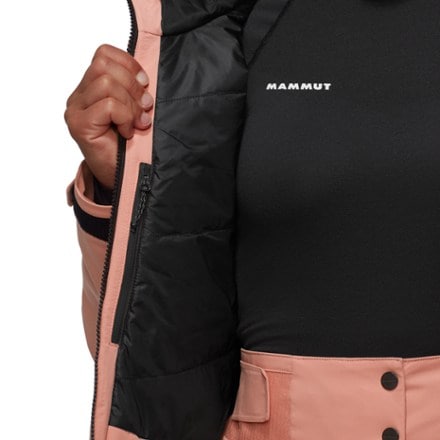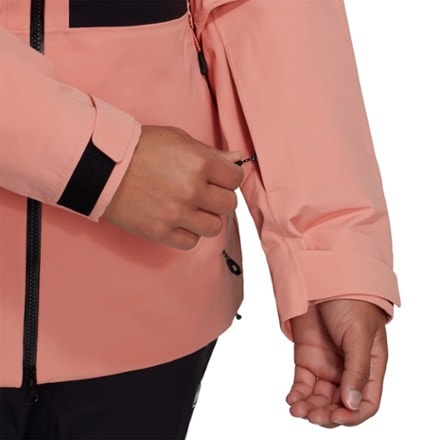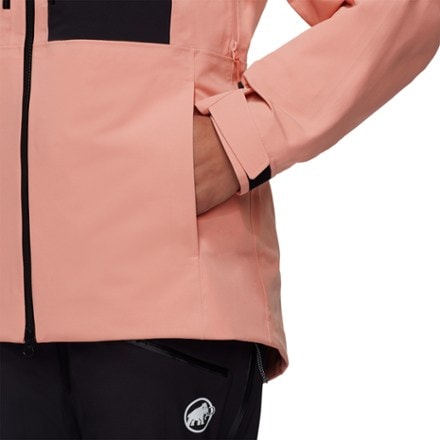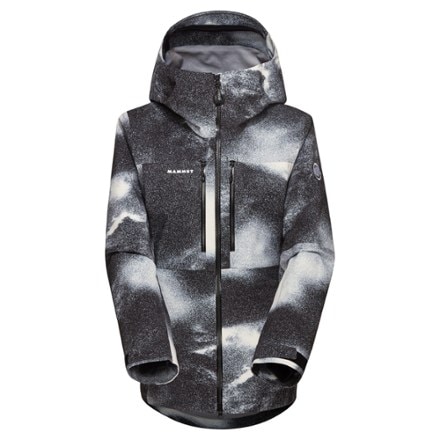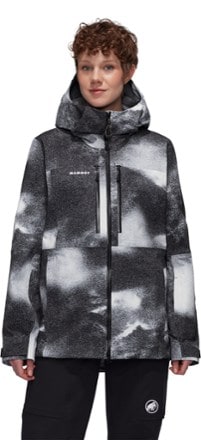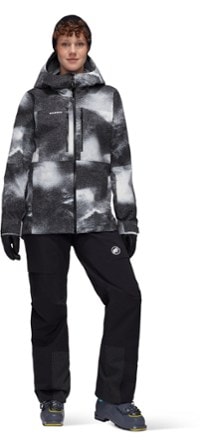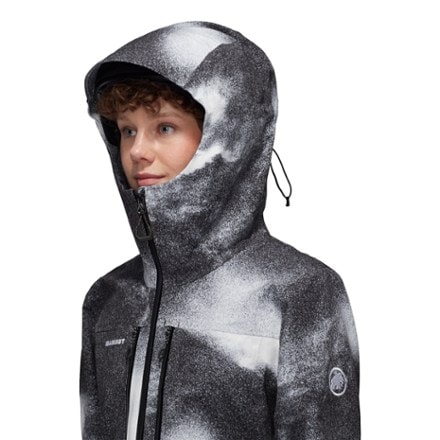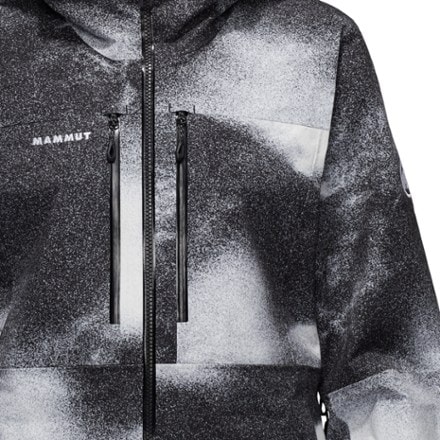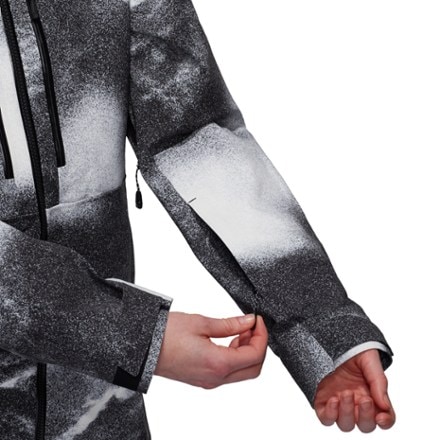Skip to search results
loaded 2 results
Mammut Thigh-length Snowsports
(2 products)Products (2)
Filter
- Snow Clothing (2)
- Snow Jackets (2)
- Skiing (2)
- Ski Clothing (2)
- Downhill Skiing (2)
- Snowsports (2)
- Downhill Skiing (2)
- Deals (2)
- Hip-length (3)
- Thigh-length (2)
- Synthetic (1)
- Warmer (1)
- Waterproof (2)
- Powder Skirt (2)
- 2-Way Zipper (2)
- Insulated (1)
- bluesign (2)
- Recycled Materials (2)
- Women's (2)
- Hooded (2)
- Regular (2)
- Pit Zips (2)
Sort: Best Match
View:
- MammutStoney HS Thermo Hooded Insulated Jacket - Women's$356.73Save 24%compared to $475.00(3)3 reviews with an average rating of 5.0 out of 5 starsREI OUTLET
- MammutStoney HS Hooded Jacket - Women's$374.73Save 24%compared to $499.00(0)0 reviewsREI OUTLET
Sort: Best Match
Related Expert Advice articles
Learn how to choose and use an avalanche transceiver for backcountry safety. Explore features, types, training tips, and top-rated models at REI.
Read full article: How to Choose and Use an Avalanche Transceiver
Key features of backcountry snow shovels:
- Material: Because of its low weight and high strength, aluminum predominates. Plastic shovels aren't suited to avalanche rescue.
- Comfort: Low weight and a comfortable, ergonomic grip will make a shovel easier to use.
- Length: Longer, extended shafts may give you better leverage to scoop snow faster while shorter shafts cut down on weight.
Types of snow shovels:
- Fully flat blades are best for snow study, such as creating smooth snow-pit walls.
- Scooped blades are less likely to spill snow off the sides during shoveling.
- Serrated blade edges can be used to bust up ice.
- Blades with holes in them can be used (with a length of accessory cord) to build snow anchors; holes also make a shovel slightly lighter to carry.
T-grip vs. D-grip handles:
- T-grip: Grasped between the fingers, this is a lightweight design that works well; can be awkward when wearing mittens.
- D-grip: Slightly bulkier and heavier than a T-grip, it is relatively easy to use while wearing mittens.
Snowshoeing is an easy, fun and relatively low-risk winter activity—as long as you follow a few basic guidelines about avoiding avalanches.
Avalanches are a risk any time you head into snow-covered mountains. Learn basic information to help you make good decisions to avoid avalanches.
This overview of topics covered in an avalanche rescue class introduces essential skills such as searching, probing and digging for a buried victim.
Learn the different ways to travel in the backcountry in winter, including telemark and randonee skiing, snowshoeing and splitboarding.
